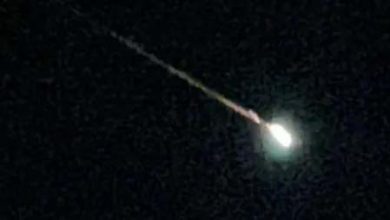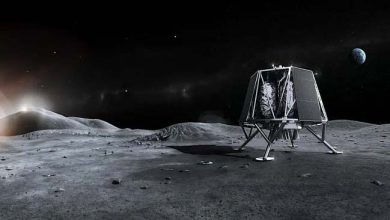Possibility of being near the supergiant star Betelgeuse: ‘Betel Buddy’

Science: Could the giant star Betelgeuse have a friend? Betelgeuse? Betelgeuse, the second-brightest star in the constellation Orion, is a giant star whose peculiar dimming has sparked debate over when it will collapse and explode in a massive supernova. However, researchers now believe a companion star may be behind the irregular changes in Betelgeuse’s brightness.
A new study used computer models to simulate Betelgeuse’s activity, suggesting that the object’s periodic pulsations are likely caused by an invisible, orbiting companion star — or at least a stellar-like object. The researchers aptly named the proposed object “Betelgeuse,” or more formally Alpha Orionis B (Betelgeuse is technically known as Alpha Orionis). “We’ve ruled out every intrinsic source of variability we could think of for why the brightening and dimming was happening this way,” Jared Goldberg, lead author of the study and a research fellow at the Flatiron Institute’s Computational Astrophysics Center, said in a statement.
“The only hypothesis that seems to fit is that Betelgeuse has a companion.” Betelgeuse is a red giant star that exhibits a luminosity about 100,000 times that of our sun and a volume more than 400 million times greater. According to the new model, a companion star could act like a snow blower, moving light-blocking dust out of the way as it orbits Betelgeuse and, in turn, making it temporarily appear brighter from our vantage point.
This companion star model helps explain the different patterns of pulsating light seen from Betelgeuse. The star exhibits two distinct periods of brightening and dimming: one that pulsates on a time scale of a little over a year, and another that pulsates on a time scale of about six years. As a variable star, one of these patterns is intrinsic to Betelgeuse, caused by the rhythmic expansion and contraction of the star, and indicates when it will become a supernova.





